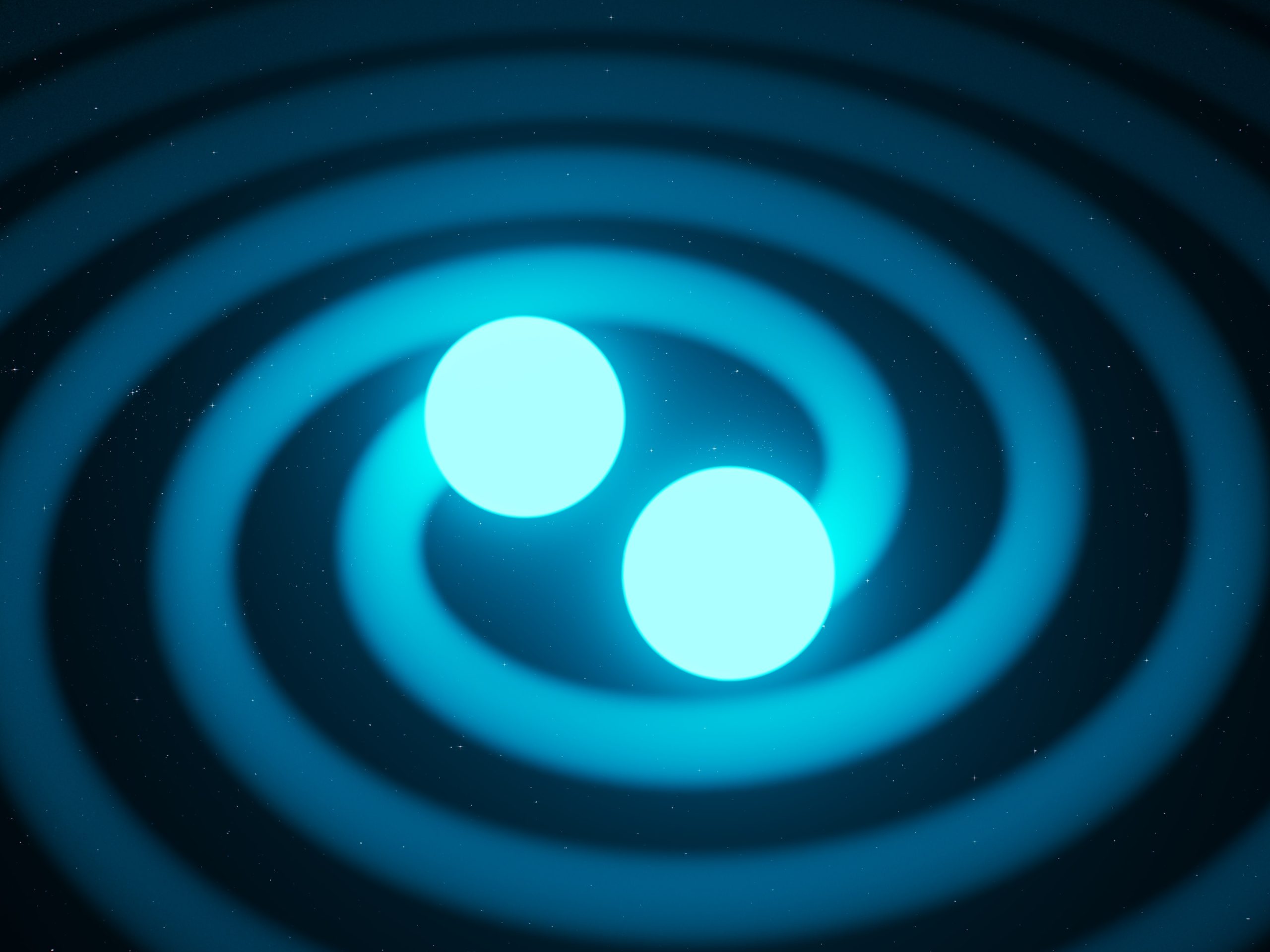Gravitational waves were first predicted by Albert Einstein in his theory of general relativity over a century ago. But it wasn’t until 2015 that scientists were able to directly observe these elusive waves, marking a major milestone in the field of astronomy.
Gravitational waves are ripples in the fabric of spacetime that are produced when two massive objects, such as black holes or neutron stars, orbit around each other and eventually collide. These waves carry information about the objects that created them, including their masses and spins, and offer a new way of studying the universe.
The first detection of gravitational waves was made by the Laser Interferometer Gravitational-Wave Observatory (LIGO), a collaboration between scientists from the United States and Europe. LIGO consists of two observatories, one in Hanford, Washington, and the other in Livingston, Louisiana, each containing a pair of four-kilometer-long tunnels.
When a gravitational wave passes through the observatories, it causes a minuscule stretching and squeezing of space, which is detected by lasers that measure changes in the distance between mirrors inside the tunnels. The signals from both observatories are then combined to confirm the detection of a gravitational wave.
Since the first detection in 2015, LIGO has observed several more gravitational wave events, including the merger of two neutron stars in 2017, which was also observed by telescopes across the electromagnetic spectrum.
This landmark discovery has opened up a new era of astronomy known as multimessenger astronomy, where scientists can observe the universe using multiple signals, such as gravitational waves, light, and particles. This approach offers a more complete understanding of cosmic events, such as the mergers of black holes and neutron stars, and could lead to new discoveries about the universe’s evolution and composition.
The discovery of gravitational waves also has practical applications, such as improving our ability to detect and track asteroids and other near-Earth objects that could pose a threat to our planet.
Despite the excitement and potential of this field, there are still many challenges ahead. Detecting gravitational waves requires extremely sensitive and precise instruments, and researchers are constantly working to improve their technology to detect weaker signals and observe more events. There are also questions about the nature of gravity itself, and how it fits into our understanding of the universe.
In conclusion, the discovery of gravitational waves has revolutionized astronomy and opened up new possibilities for studying the universe. As scientists continue to refine their techniques and technology, we can expect even more exciting discoveries in the years to come.




